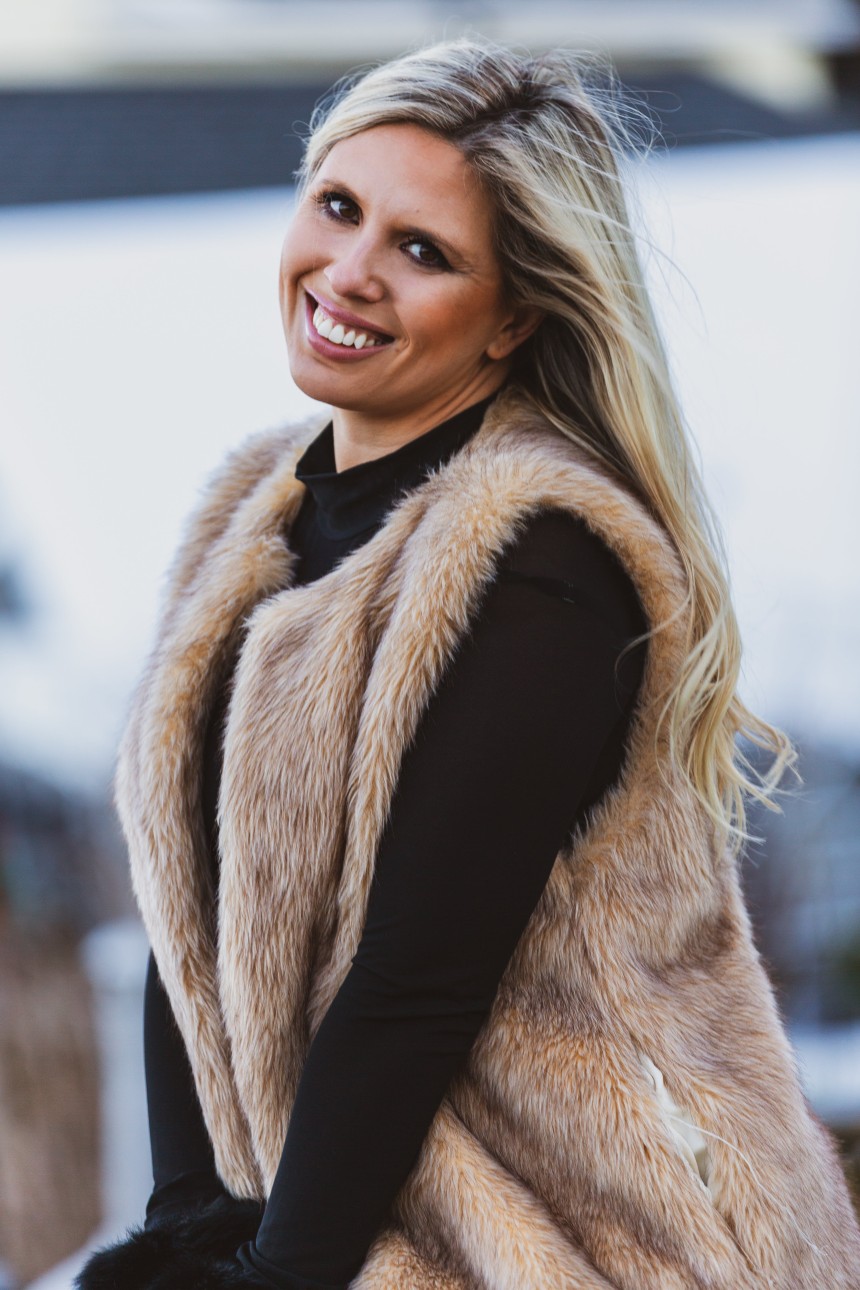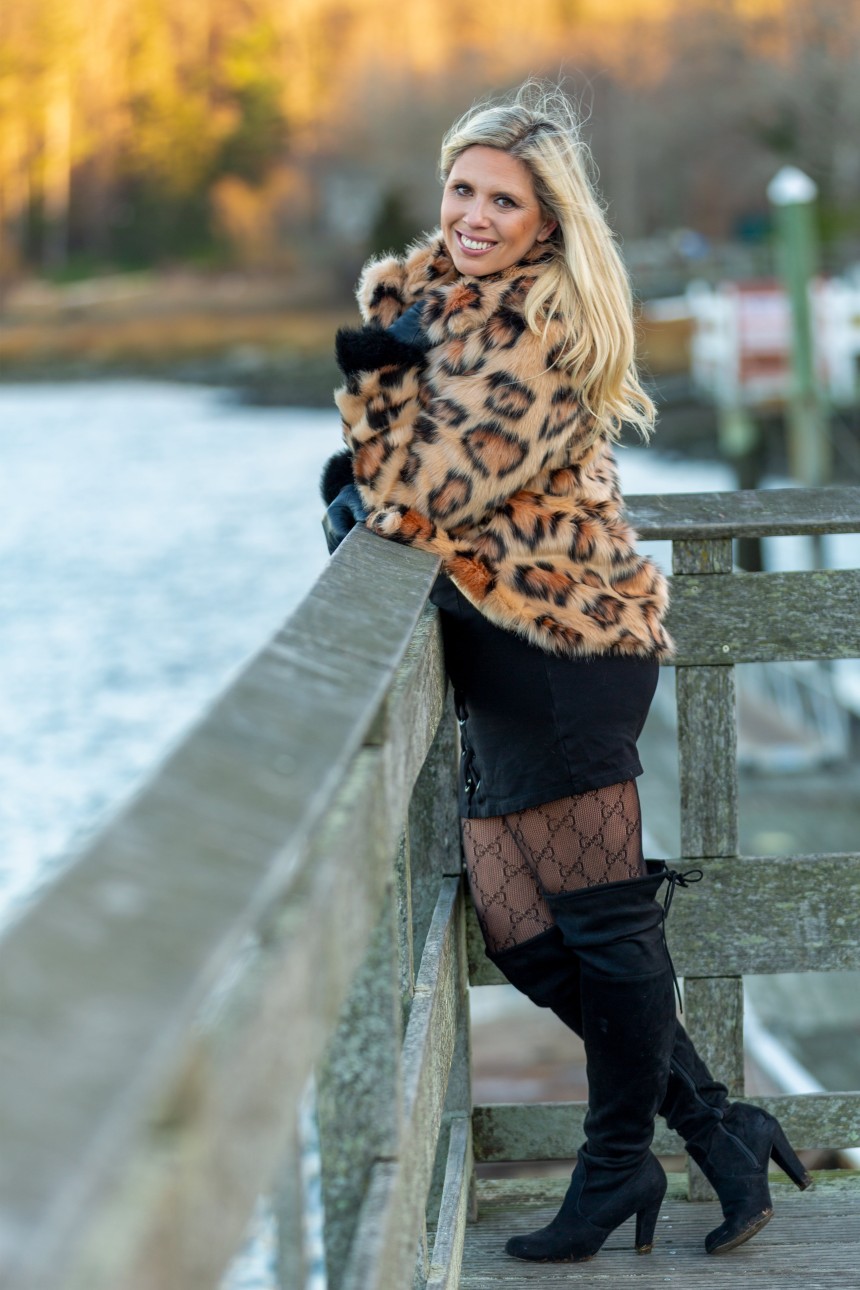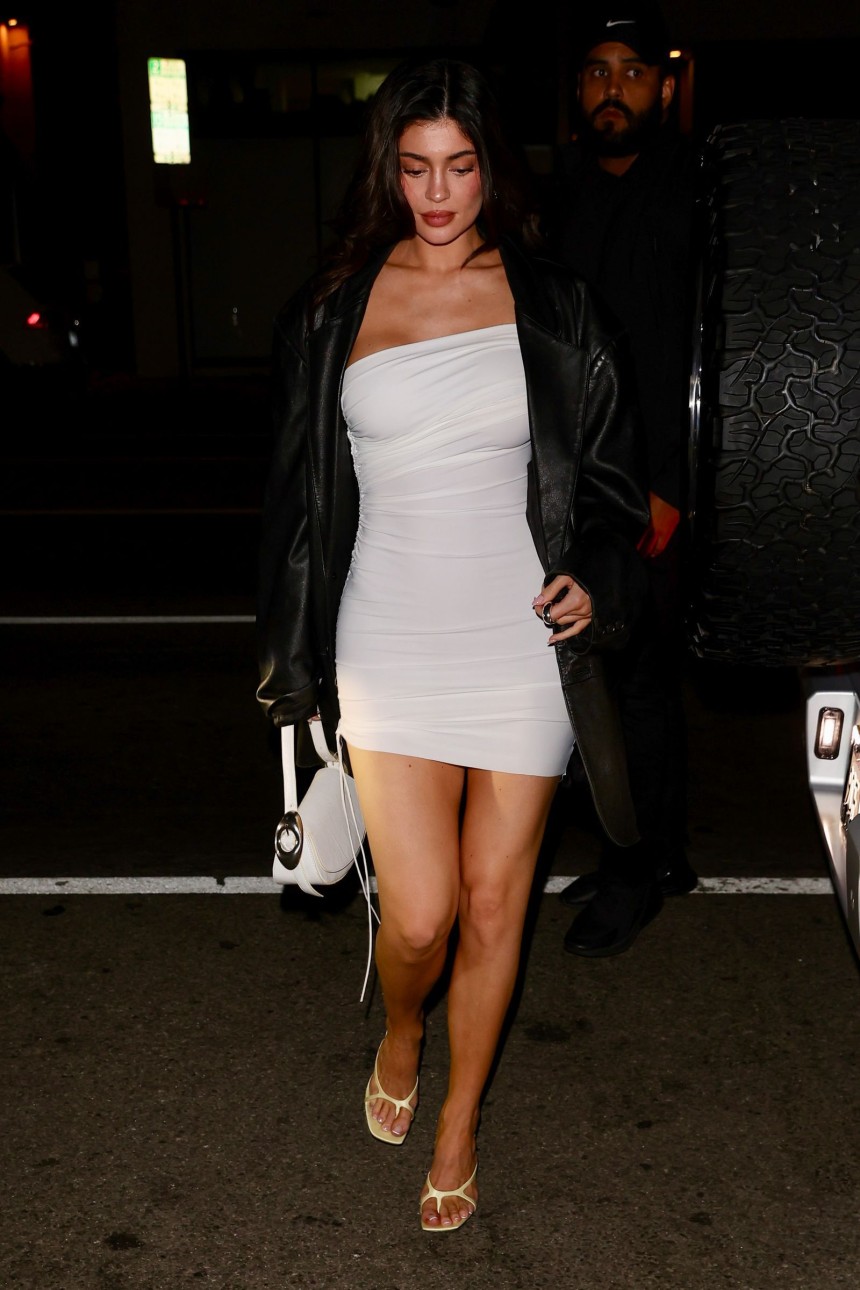
The Art of Layering: Stay Stylish and Warm in the City
Introduction
In the heart of the city, where fashion meets functionality, mastering the art of layering becomes your ticket to staying both stylish and warm. As the temperature drops, the challenge is not just to bundle up but to do so with finesse. In this guide, we'll delve into the intricacies of layering, exploring the basics, playing with textures, and adapting the technique to various seasons and urban scenarios. Whether you're a fashion enthusiast or just looking to survive the city chill, this is your roadmap to sartorial success.
The Basics of Layering
Base Layer: The Foundation of Comfort
When it comes to dressing for the outdoors, the importance of a solid foundation cannot be overstated. The base layer serves as the first line of defense against the elements, regulating body temperature and wicking away moisture. Whether you're embarking on a chilly hike or hitting the slopes, choosing the right base layer is essential.
Investing in high-quality, moisture-wicking fabrics such as merino wool or synthetic materials ensures that sweat is efficiently pulled away from the skin, keeping you dry and comfortable. The snug fit of the base layer also provides added insulation, trapping a thin layer of warm air close to your body. This foundational piece sets the stage for a comfortable and enjoyable outdoor experience.
Mid-Layer: Building Warmth and Insulation
Once the base layer is in place, it's time to add insulation with the mid-layer. This layer is responsible for trapping and retaining heat, providing that much-needed warmth in colder conditions. A variety of materials, from fleece to down, can be used to create effective mid-layers.
The key is to strike a balance between insulation and breathability. Too much insulation can lead to overheating, while too little leaves you vulnerable to the cold. Adjustable mid-layers, such as those with zippered vents, allow you to fine-tune your comfort level based on the intensity of your activity and the weather conditions.
Outer Layer: Sealing the Elements Out
The outer layer, or shell, is your ultimate protection against the wind, rain, and snow. This layer acts as a barrier, preventing external elements from penetrating and compromising the warmth built up by the base and mid-layers. When selecting an outer layer, consider factors such as waterproofing, breathability, and durability.
Modern outer layers often feature advanced materials like Gore-Tex, designed to provide waterproofing without sacrificing breathability. Adjustable cuffs, hoods, and ventilation zippers further enhance the adaptability of the outer layer to changing weather conditions, ensuring you stay comfortable and dry in any outdoor environment.
Accessories: The Finishing Touch
To complete your layered ensemble, don't forget about accessories. Items like hats, gloves, and scarves play a crucial role in maintaining overall warmth. Opt for moisture-wicking and insulating materials to keep extremities comfortable. Additionally, consider the versatility of accessories; a hat that provides sun protection in warmer weather can be just as valuable as one that shields against winter winds.
In conclusion, mastering the art of layering
Mixing Textures and Fabrics
Creating Visual Interest with Different Textures
Elevate your outdoor style by mastering the art of mixing textures. Incorporating a variety of textures into your layered ensemble adds visual interest and depth, making your outfit not only functional but also fashionable. Consider combining smooth and sleek textures with coarser, more rugged fabrics to create a balanced and dynamic look. This approach not only enhances the aesthetic appeal of your outdoor attire but also allows each layer to serve a distinct purpose, both in terms of style and functionality.

Choosing the Right Fabrics for Each Layer
Selecting the right fabrics for each layer is crucial in achieving both comfort and style. When choosing fabrics, prioritize functionality while keeping an eye on aesthetics. For the base layer, opt for moisture-wicking materials like merino wool or high-performance synthetics. The mid-layer is an opportunity to introduce warmth, so consider cozy fabrics like fleece or down. The outer layer, responsible for protection against the elements, benefits from durable and weather-resistant materials such as Gore-Tex. By aligning the fabrics with the purpose of each layer, you create a cohesive and effective combination that meets both performance and style expectations.
Playing with Patterns for Added Style
Don't be afraid to inject some personality into your outdoor wardrobe by playing with patterns. While functionality remains a priority, incorporating patterns into your layers can add a touch of individuality and style. Consider subtle patterns for the base layer and mid-layer, reserving bolder prints for accessories or accent pieces. Stripes, checks, or even camo patterns can be strategically introduced to break up the monotony of solid colors. Just ensure that the patterns you choose complement each other and the overall outdoor setting, creating a harmonious and visually appealing ensemble.
Seasonal Layering Tips
Adjusting Layers for Different Seasons
Seasonal changes bring about variations in temperature and weather conditions, making it essential to adjust your layering strategy accordingly. In warmer seasons like spring and summer, focus on lightweight and breathable fabrics for your base layer. Consider moisture-wicking materials to keep you cool and comfortable. As temperatures drop in fall and winter, transition to thicker base layers and add insulating mid-layers for warmth. Adapting your layers to the specific demands of each season ensures that you stay comfortable and well-protected year-round.
Transitioning from Fall to Winter and Beyond
The transition from fall to winter requires a thoughtful adjustment of your layering system. Start by swapping out lighter fall layers for more insulating options. A versatile mid-layer, such as a fleece jacket, becomes a crucial addition. In winter, prioritize warmth by incorporating down or synthetic insulation into your ensemble. Don't forget to reinforce your outer layer with waterproof and windproof materials to combat the harsh winter elements. Beyond winter, as temperatures start to rise again, reverse the process by shedding heavy layers and opting for breathable fabrics to keep comfortable during milder conditions.
Smart Layering for Unpredictable Weather
Unpredictable weather calls for a smart layering approach that allows for quick adjustments. Choose versatile layers that can be easily added or removed based on the fluctuating conditions. A packable and lightweight outer layer, such as a waterproof jacket, becomes invaluable during unexpected rain showers. Additionally, consider versatile accessories like a convertible neck gaiter or a packable hat that can be stowed away when not needed. Smart layering ensures that you are prepared for whatever weather surprises come your way, allowing you to stay comfortable and enjoy your outdoor activities without interruption.
Stylish Layering for Men and Women
Gender-Specific Layering Tips
When it comes to stylish layering, understanding the nuances of gender-specific fashion is key. For men, consider structured and tailored outer layers to add a polished touch to the ensemble. Layering a classic button-down shirt with a stylish sweater and a well-fitted jacket can create a sophisticated look. Women can play with silhouettes and textures, incorporating flowing layers like cardigans or duster coats over fitted tops. Embrace feminine details such as lace or floral patterns for added flair. Tailoring the layering approach to the unique styles associated with each gender ensures that both men and women can achieve a fashionable and personalized look.
Incorporating Fashion Trends into Layered Looks
Staying on-trend while layering is a fantastic way to infuse your outdoor wardrobe with contemporary style. For men, consider incorporating popular trends like oversized outerwear or layering a graphic tee under a button-up shirt for a casual yet trendy vibe. Women can experiment with statement outer layers, such as faux fur coats or oversized blazers, to make a fashion-forward statement. Mixing and matching textures, like pairing leather with cozy knits, adds a modern edge to layered looks. By staying aware of current fashion trends, you can effortlessly elevate your layered outfits, making a stylish statement during your outdoor adventures.
FAQs
Q: Can I layer in warmer climates?
A: Yes, you can! Opt for lighter fabrics and focus on versatile pieces that can be easily adjusted to match the temperature.
Q: How do I avoid looking bulky with multiple layers?
A: Choose fitted pieces for your base layer and middle layer to maintain a streamlined silhouette. Use accessories and outer layers to add style without bulk.
Q: Are there specific colors that work best for layering?
A: Neutral colors like black, gray, and camel are versatile and easy to layer. Experiment with these foundational tones and add pops of color with accessories.
Q: Can I layer with dresses and skirts?
A: Absolutely! Layering works well with dresses and skirts. Consider adding tights, knee-high boots, and a stylish jacket for a chic layered look.
Q: How do I keep my layered outfits cohesive?
A: Stick to a color palette and mix textures strategically. This ensures that even with multiple layers, your outfit maintains a cohesive and stylish appearance.
Q: What's the best way to layer for outdoor activities?
A: Choose moisture-wicking base layers and insulated outer layers. Add waterproof or water-resistant elements for protection against the elements.
Conclusion
As you navigate the urban landscape, let the layers you wear tell a story of style and practicality. The art of layering is not just about piling on clothes; it's a thoughtful curation that transforms a chilly day into a runway. Remember, each layer serves a purpose, from the snug base to the protective outer shell. So, go ahead, mix textures, embrace seasonal adaptations, and make your mark on the city streets. In the realm of fashion, the layers you choose are not just garments; they're chapters in your style journey, and the city is your canvas. Stay warm, stay stylish, and let your layers speak volumes.
RELATED POST:
Dressing for the Occasion: Outfit Ideas for Every Event





